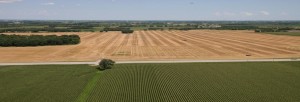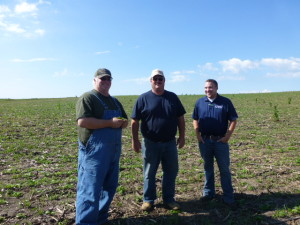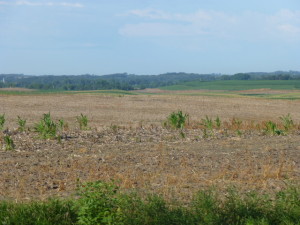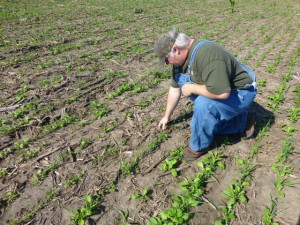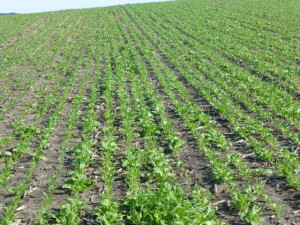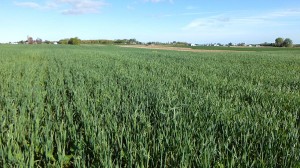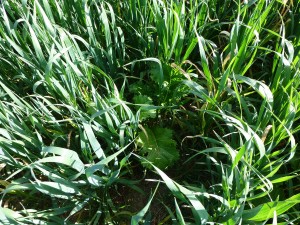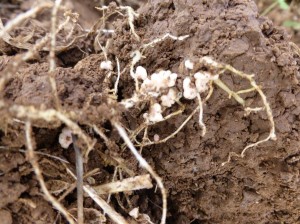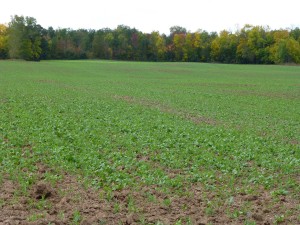Join me with Wisconsin NRCS at the Badger Plot Cover Crop Research Site on October 2, 2013 @ Jeff and Jerry Kreuziger Farms near Clyman, WI. Sessions will run from 9:30-Noon or 1:00-3:30 CST. This looks to be a great day to learn more about cover crops and soil health in southern Wisconsin/northern Illinois regions.
For more information see Badger Plot Research-Producer Day.
